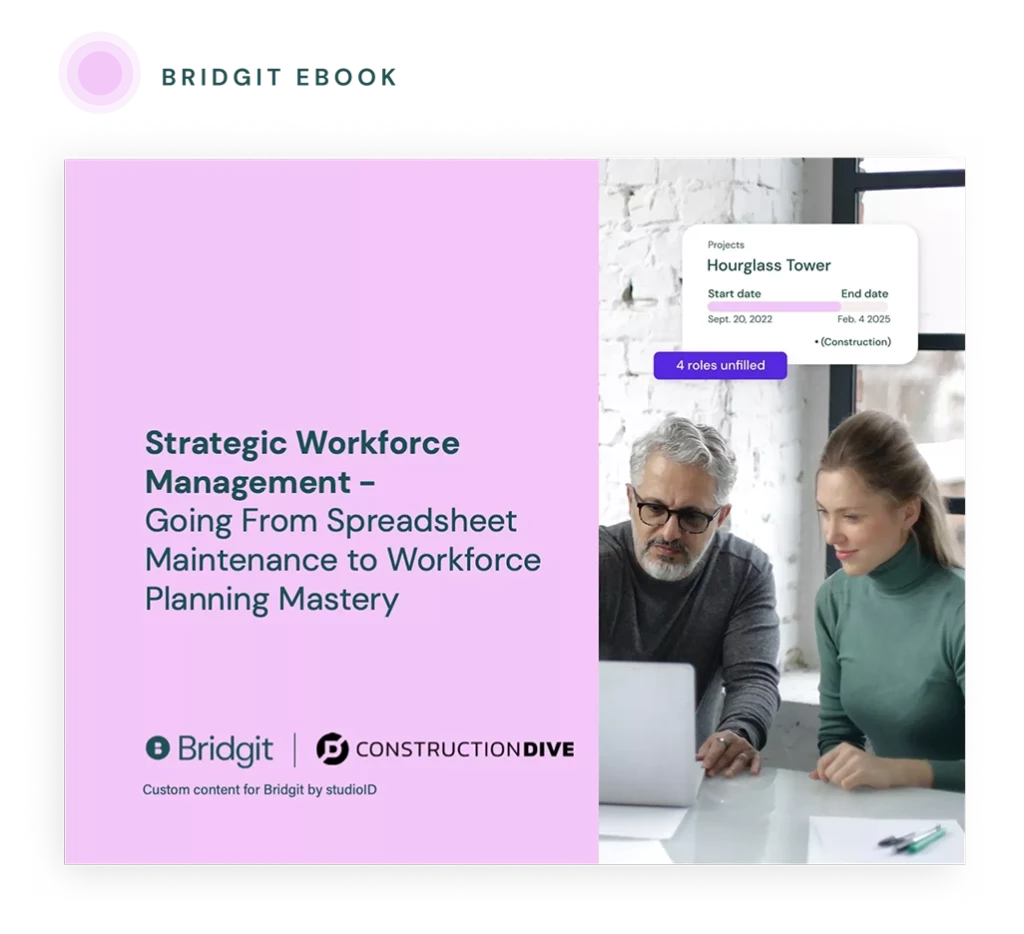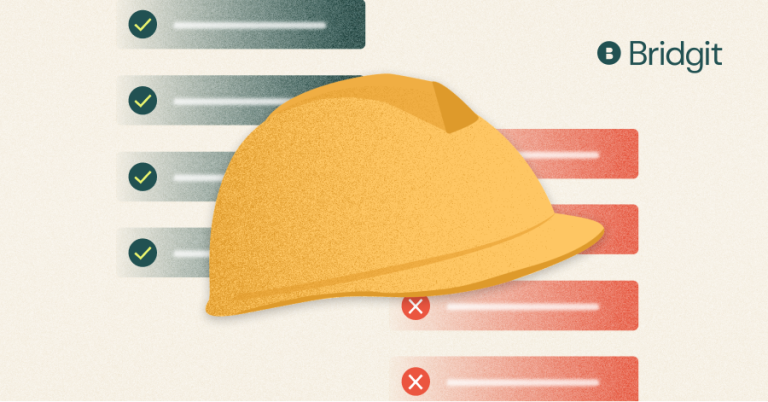Becoming a licensed general contractor requires a huge time and money investment, but for many, the end result is an enjoyable and highly rewarding job. If you’re interested in the construction industry and you’re thinking about venturing down this career path, you’ll want to know what to expect.
Table of Contents
This blog post therefore provides you with a step-by-step guide on how to become a general contractor.
How to become a licensed contractor
Here are the steps involved in becoming a licensed general contractor.
Step 1: Decide if this career path is for you
General contractors are responsible for overseeing residential and commercial construction projects to ensure they’re completed on time and within budget. They must correspond directly with project owners on a regular basis and are tasked with supervising the hiring, scheduling, and management of subcontractors.
Some states further divide the role of a general contractor into sub-categories, such as general engineering contractors or general building contractors.
When it comes to how to become a general contractor, it’s important to note that a general contractor is expected to possess the following skills and traits:
- Excellent communication skills – Since general contractors deal with multiple components of a construction project, they must be able to effectively communicate with numerous stakeholders. Being able to clearly convey ideas and answer questions with a high degree is accuracy is vital
- Attentive to detail – Construction projects, especially larger ones, can be incredibly complicated, which is why contractors must be detail-oriented and have an eye for detail. After all, small issues can quickly snowball into larger problems if not addressed in a timely manner
- Highly organized – With how complicated project timelines can become, it’s crucial that general contractors be organized to successfully coordinate planning and the overall management of workers

Looking to be more strategic with your people?
We partnered with Construction Dive to outline the steps any contractor can take to be more strategic with their workforce management.
Step 2: Fulfill all educational requirements
Once you’ve decided that a job in general contracting is what you want to do, the next step in how to become a licensed general contractor is fulfilling all educational requirements.
Most general contractor jobs require at least a high school diploma, GED, or an equivalent. Those who have completed their secondary education have found that the most useful classes to take are those that deal with geometry and algebra.
From here, there are two routes that you can take: pursuing further education or gaining field experience. It’s important to note, though, that some states require you to have at least a Bachelor’s degree to practice as a general contractor. Since requirements can vary from state to state, it’s essential to verify what’s needed on a local level.
Those who take the education route will need to earn a 4-year Bachelor’s degree. Coursework should focus on topics like construction management, project planning, architecture, and engineering. If you choose to further your education after that for access to more opportunities, you can pursue a 2-year Master’s degree in project planning or construction management.
If you prefer a more hands-on approach, you can choose to prioritize gaining industry experience. The minimum amount of experience required can, again, vary by state, though most ask for at least 3 years in an apprenticeship or construction-related job.
In terms of how to become a general contractor, apprenticeships are often seen as the ideal starting point. Apprenticeships involve shadowing an experienced worker to acquire knowledge in the field. You’ll also get paid a wage while you’re being trained and learning about what it takes to be a general contractor.
Step 3: Find out what’s required for licensing
Once you’ve completed formal education or experience requirements, to become a fully-fledged general contractor, you’ll need to obtain a license to practice. This usually requires that you pass a licensing exam.
As with previous requisites, each state has region-specific regulations on licensing, so you’ll want to contact your state’s general contractor licensing board. This can be done simply by conducting an online search (e.g., doing a Google search for ‘California general contractor licensing board’).
Contractor licensing boards, who carry out the exams and grant the actual licenses, can provide you with important information like the process of licensing, who qualifies to take the exam, and any necessary study guides to prepare.
Step 4: Pass your licensing exam and acquire your contractor license bond
Once you’ve passed the licensing exam, you can then secure your contractor license bond. License bonds are required by governments to specify compliance with bylaws and regulations. Submit your contractor application accordingly.
If you’re wondering, “How long does it take to get contractors licenses?”, the answer lies, again, in your specific state or region. For example, the state of Colorado specifies a waiting period of several weeks after submitting an application, depending on the municipality.
After the state verifies your application, you pay any associated fees, and you’re issued your license and bond, you can begin working as a general contractor.
How long does it take to become a general contractor?
Needless to say, the process of becoming a general contractor can be a long one. The exact amount of time invested can depend on if you choose to pursue the education or experience route, though typically, the road to becoming a general contractor can take anywhere from 3 to 7 years.
The academic path sees a time investment of 4 years for a Bachelor’s degree, with 2 more years added on if you decide to continue with a Master’s degree. If you decide instead to attend a trade school or complete an apprenticeship, you’ll be looking at a time span of 3 to 5 years.
Bridgit Bench, the best workforce management platform for general contractors
We hope this blog post has provided you with the answer to the question ‘How do you become a licensed contractor?’. Working as a general contractor and overseeing entire projects can be challenging, which is why the best contractors use software solutions like Bridgit Bench.
Bridgit Bench provides you with a dashboard that increases efficiency in how you manage your workforce. Our cloud-based system allows you to plan your workforce strategically through tracking and reporting features.
You’ll gain access to insights that break down projects based on workforce allocation and can chart out labor more effectively by phase. Our platform also increases visibility by letting you organize workers based on their certifications, skills, experience, and more.
Request a demo with Bridgit today.


